Dimetrodon (pronounced dī mě trĭdŏn) was a dinosaur-like reptilian creature known as a pelycosaur. Pelycosaurs lived before dinosaurs in the Permian period, while dinosaurs lived some 50 million years later, during the Mesozoic Era.
Researchers believe that this pelycosaur lived somewhere around 286 – 270 million years ago. They also believe that this dinosaur was more closely related to mammals than to other reptiles. Read on to learn about the dimetrodon.
Description of the Dimetrodon
The most notable characteristic of the Dimetrodon was the large sail-like structure on its back. This sail consisted of elongated vertebrae pieces from the backbone, which had a thin layer of skin or membrane connecting them.
The head was thick, and lined with sharp teeth of varied sizes. Based on fossilized specimens, scientists believe this large creature grew to approximately 11.5 ft. long.
Interesting Facts About the Dimetrodon
These dinosaur-like creatures were undoubtedly very interesting animals. Though they lived hundreds of millions of years ago, scientists know (or speculate) a few key facts that you might be interested in!
- Not Exactly One of a Kind – Though this dinosaur’s large sail was undoubtedly an incredibly interesting body part, the Dimetrodon was not the only animal of that time period to grow one! Another dinosaur, the Edaphosaurus, also had a sail structure on its back. However, Edaphosaurus was smaller, herbivorous, and not related to this dino in any way.
- Odd Ancestor – As strange as it may be, there is a chance this animal is one of our long-lost ancestors. Researchers believe this because it and its descendants were not actually reptiles. They believe that this dino and its relatives evolved into the animals that eventually evolved into mammals, the therapsids.
- Sail Purpose – Scientists can never be 100% sure, because these creatures lived so long ago, but they have several theories for the purpose of this dino’s sail. The first theory is temperature regulation. Researchers speculate that the sail contained blood vessels that were quite close to the surface of the skin. This allowed the animal to soak up the sun’s rays, or reduce the temperature of their blood, as the blood passed close to the outside air.
- Sexual Selection – The second theory about the sail-like structure is that it helped this dino choose a mate. Males had larger bodies, and larger sails than females did. Because of this, scientists believe that females chose the largest males with the biggest sails to mate with.
Habitat of the Dimetrodon
Back when the Dimetrodon roamed the planet, the earth looked quite different from the way it looks today. Some habitats at that time were dry and arid, with many deserts and scrublands.
Researchers believe that droughts were extremely common at this time, and water sources were small and difficult to find. Other habitats were swampy and wetland-like, with lots of vegetation and muddy water.
Distribution of the Dimetrodon
There are many different species of Dimetrodon, possibly up to 15 or more! Scientists have found specimens from these creatures in different locations across the world. It is important to remember that during that time period, the landmasses were not in the same places that they are now.
Archaeologists have found fossils of different Dimetrodon species in Germany, Ohio, Texas, Utah, Oklahoma, Arizona, and New Mexico. The German fossils are no fluke, as during the Permian era, land still connected Europe and North America!
Diet of the Dimetrodon
Because they lived so long ago, it is difficult to say exactly what the Dimetrodon ate. Scientists can say with certainty that this creature was carnivorous, because it has the sharp teeth of a meat-eating animal.
While they cannot say for certain what this carnivore fed on, they can speculate based upon what else lived in their area at that time. During that time, a variety of smaller amphibians were likely prey to the Dimetrodon, who was at the top of the food chain.
Dimetrodon and Human Interaction
This creature never interacted with humans in any way. It went extinct millions of years before humans evolved.
Domestication
Humans never domesticated Dimetrodon in any way.
Does the Dimetrodon Make a Good Pet
This dinosaur would not have made a good pet, even if it were not extinct. Not only was it a voracious carnivore, but it was also well over 10 ft. long!
Dimetrodon Care
Researchers can only speculate what type of care this extinct creature would have required. Because they were similar to crocodilians in size and habitat, it is likely that they would require similar care. They would need large habitats, water sources, and lots of meat to eat!
Behavior of the Dimetrodon
The behavior of any extinct animal is a difficult subject to speculate on. Some fossilized evidence can hint at potential behavioral traits, but rarely is there actual concrete evidence.
The only behavioral information we can glean from Dimetrodon fossils is some of their reproductive behavior. Because males had larger sails than females, it is likely females selected the males with larger sails.
Reproduction of the Dimetrodon
Scientists do not know the logistics of this creature’s reproduction. It is impossible to know how long they gestated eggs, if they cared for their offspring in any way, if they protected their nests, and if they even laid eggs at all, because we do not have enough fossil evidence. Some things remain a mystery to this day, and the reproduction of Dimetrodon is one of them.

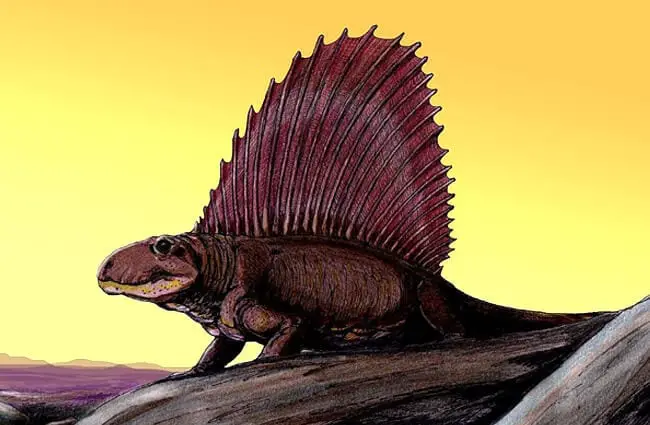
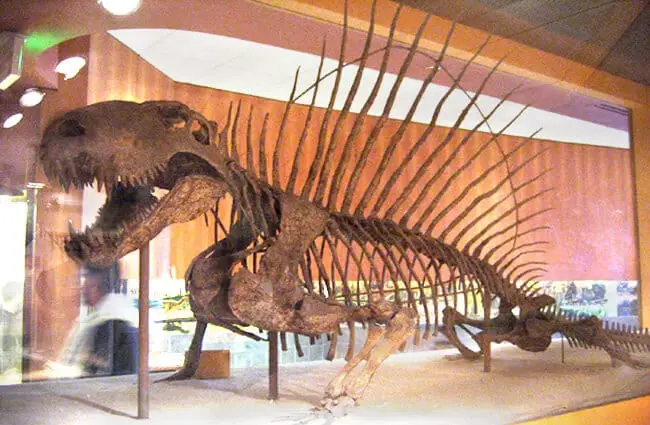

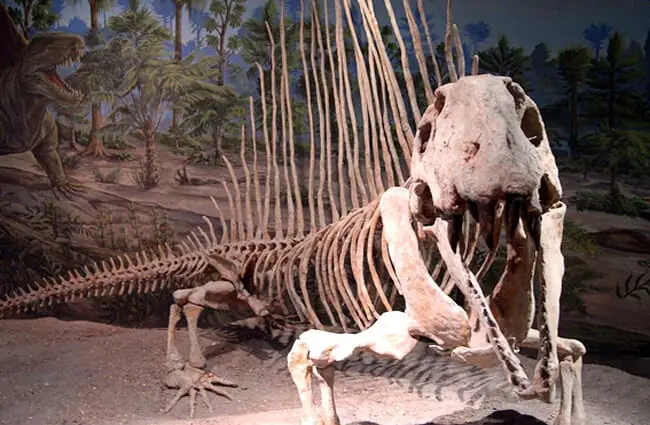
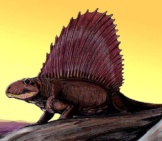

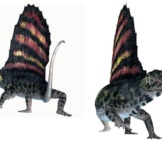

![Red Angus Closeup of a beautiful Red Angus cowPhoto by: U.S. Department of Agriculture [pubic domain]https://creativecommons.org/licenses/by/2.0/](https://animals.net/wp-content/uploads/2020/03/Red-Angus-4-238x178.jpg)












![Red Angus Closeup of a beautiful Red Angus cowPhoto by: U.S. Department of Agriculture [pubic domain]https://creativecommons.org/licenses/by/2.0/](https://animals.net/wp-content/uploads/2020/03/Red-Angus-4-100x75.jpg)

